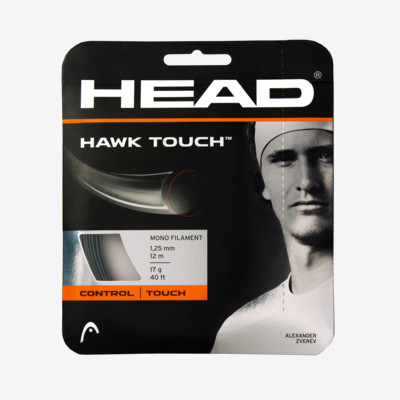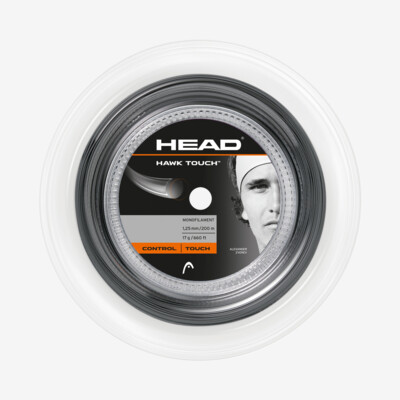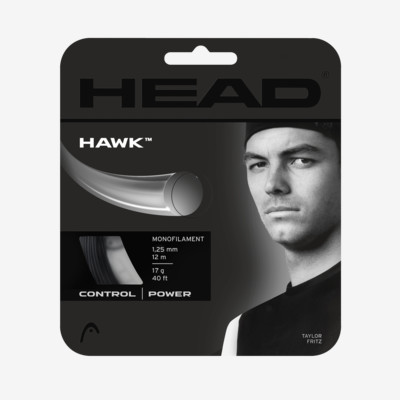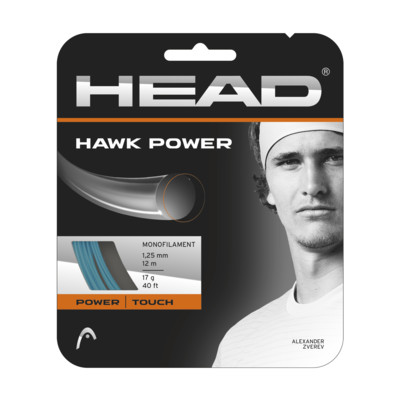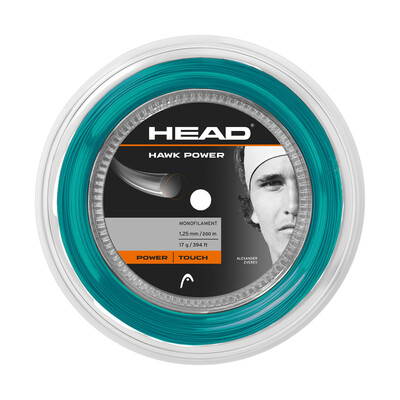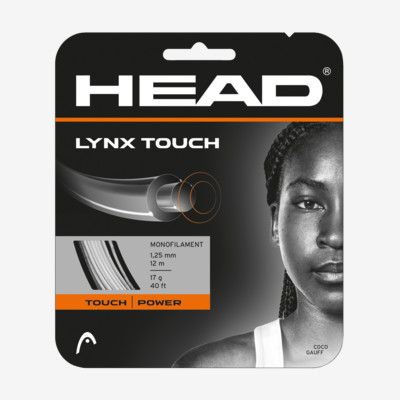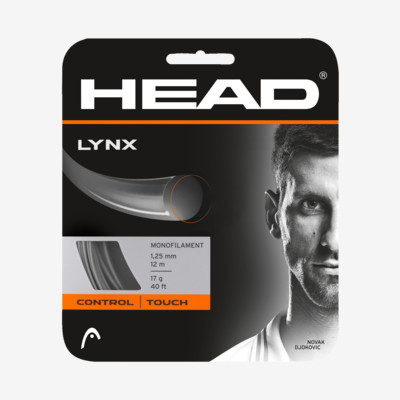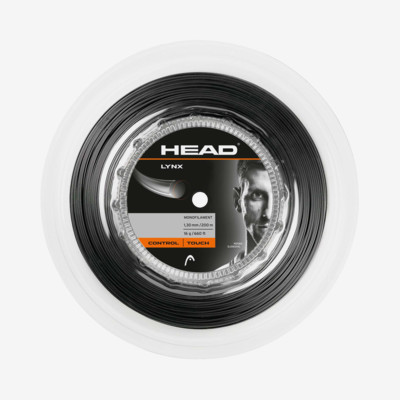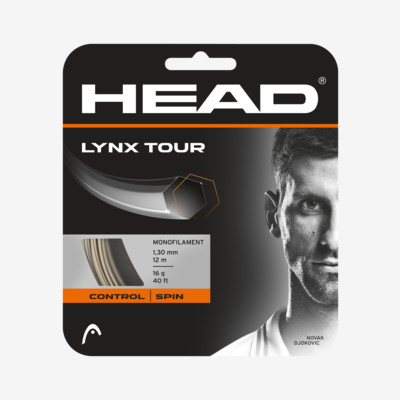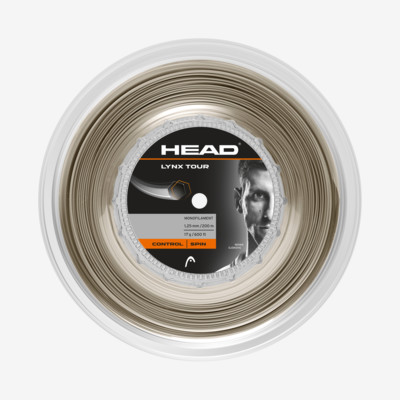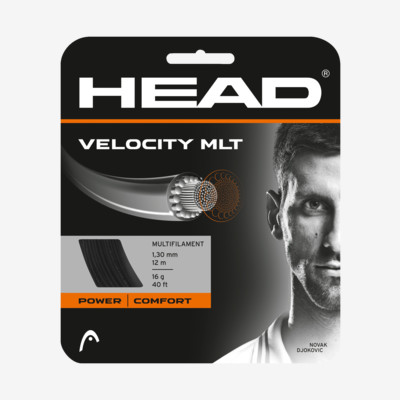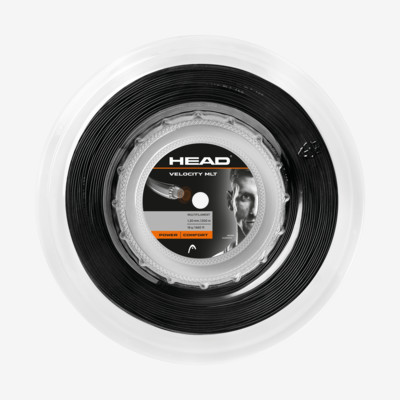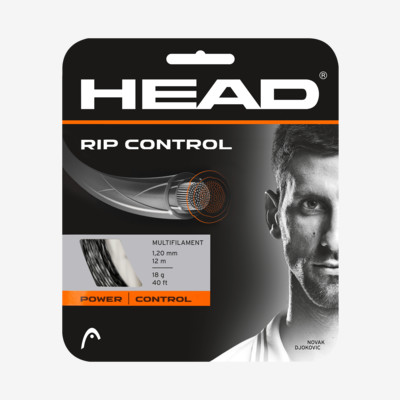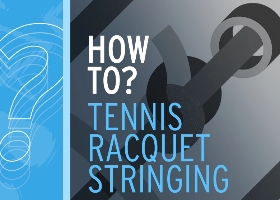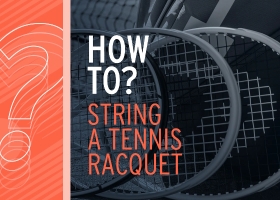How to Choose Your Tennis Strings
As important as the tennis racquet itself, the strings are a crucial element of every player’s game. They come into contact with the tennis ball, making or breaking your performance on the court.
In order to be a better tennis player, you need to understand the art of tennis strings and how they work in coordination with your body and your style of play.
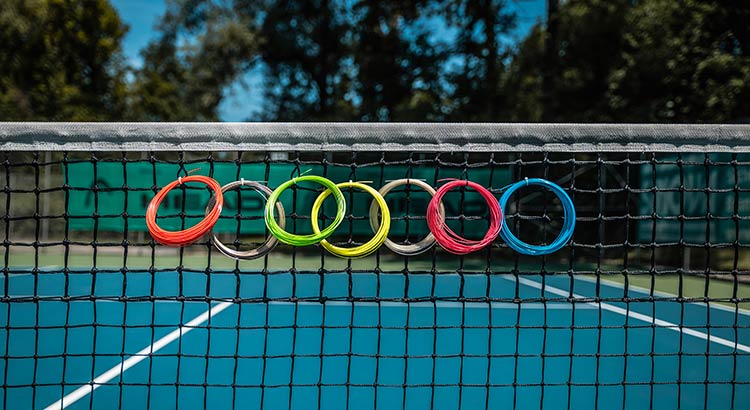

What tennis string should i use for my racquet?
The patterns, materials, compositions, tensions, and overall stringing process come together for one final result that can either diminish or enhance your game.
Before analyzing each of these elements you need to know that tennis strings are broken down into the following key characteristics: power, control, spin, durability, touch and feel.
String Patterns
Strings can be assimilated and laid into different patterns, which have different effects on the power, spin, and control of the tennis ball.
The string pattern refers to the number of main strings (parallel to the long axis of the racquet) and the number of cross strings (perpendicular to the long axis of the racquet) that compose the string-bed.
Generally, patterns fall into the following categories:
Dense
A denser pattern means that more strings impact the ball.
As a result, this pattern
- delivers more power and more directional control for a flat hit
- translates into an impact surface that does not produce quite as much spin as more open string patterns
Decreasing the mains from 18 to 16 increase the snap back, resulting in more spin.
Open
A more open pattern means that less strings impact the ball and that strings depending on their material composition can snap back more easily due to the larger space between them.
As a result, this pattern
- produces greater spin on the ball;
- gives softer feel and more comfort (depending on tension and string being used);
- delivers less control and decreases durability as strings move more during the impact.
Most common
The most commonstring pattern version being used ist the 16x19 version.
There are also open and dense 16x19 ones available e.g. Head Radical (dense 16x19), HEAD Speed MP (open 16x19).
The pattern always have a even number as many strings and can have odd numbers in the crosses.
14x 16/18/19/20
16x 16/18/19/20
18x 16/18/19/20
Compositions
There are three main types of strings:
- monofilament (one stranded)
- multifilament (multi-stranded)
- hybrid (a combination of 2 different strings combined into one string bed)
Each has its own benefits and drawbacks, which is why it’s important to understand their strengths and weaknesses.


Monofilament
This string is made of a single filament (extrusion process). Traditionally monofilament strings offer benefits to control and durability. Today’s co-polyester monofilament strings also deliver increased power and comfort depending on the additives used.
The recommendation remains that monofilament strings should be used by players who break strings frequently.
Multifilament
Multifilament has a more complex construction. They are built out of nylon filaments or ribbons (natural gut fibers or various other materials like polyamid) bounded with a specific developed resin system.
The way they are constructed lead to an increased touch and feel. multifilament strings including natural gut are the most powerful strings with the best in class comfort.
Hybrid
Hybrid stringing means a combination of two different strings. The main string is different from the cross string. The most common is a combination of a monofilament string with a multifilament string. The main string is dictating the prioritized benefit.
In today’s game a hybrid is also made from a shaped or textured monofilament string in the mains and a round monofilament string in the crosses.
String Materials
Strings are more complex than players would expect. Materials like natural fibers, polyamid, nylon, polyester, together with specific coating additives to change the touch and feel, are common in today’s manufacturing processes. These materials have improved the playability of any kind of string made in the past decades.
String Tension
What Does String Tension Mean?
For the purposes of tennis, string tension is a measure of pounds or kilograms that is applied to the string when pulled by a stringing machine. Therefore, if you hear someone say that the string tension is 60 pounds or 25 kilograms, that is the amount of tension applied when the string is in a pulled state.
Which option is best for your arm?
We’ve all heard of the expression “tennis elbow.” It’s a common arthritis-related pain that develops in the elbow region. Studies have confirmed that racquets laced with higher tension create a further effect of tennis elbow in the player, which is why you want to tread cautiously with a tense, high-tensioned racquet.
Be mindful which racquet you choose and make sure to change your strings frequently. A string isn’t broken, just when it is broken. Once the Elasticity is gone, players compensate through their muscle which leads to inflammation in the elbow region.
What is the best tennis string tension?
Generally, tennis tension ranges from 40 to 65 pounds / 18 – 27 kg depending upon your strength and preference. The tension should not work against your physical abilities and performance, which means your racket should be providing power, comfort, absorption, precision, and control. If you feel little control, less precision, frequent injuries, or less power, then it’s worth considering a new tension.















